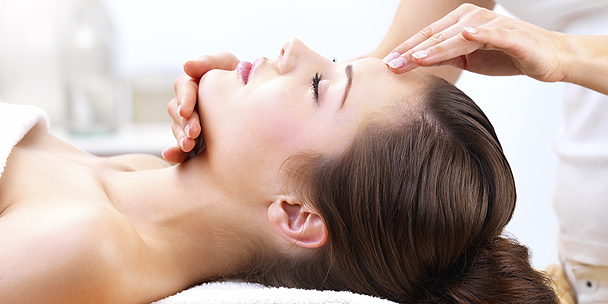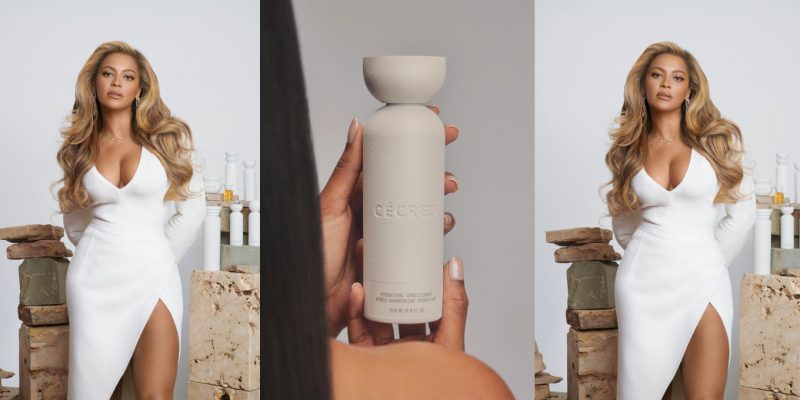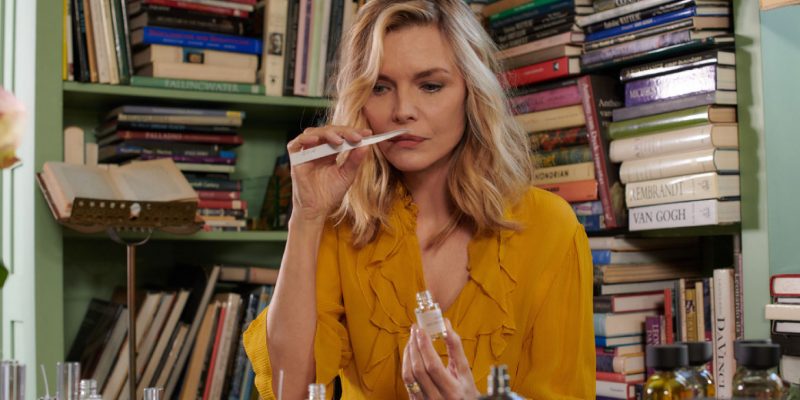Beauty
The art of the facial
Find out what works and what doesn't when it comes to pampering your skin!
by : Malena Harbers- Jan 27th, 2009

An hour spent getting our faces scrubbed, rubbed and polished by the professionals does have its perks. But aside from that ultimate clean feeling and some aromatherapy benefits at times we have to wonder if all this pampering really does benefit our skin. Here we asked our pros: Sally Penford, Education Manager for the International Dermal Institute in London, UK and renowned facialist Vaishalay Patel (who counts Elle McPherson, Sophie Dahl, Nigella Lawson and Patsy Kensit among her regular clients), to sort out what works and what doesn’t when it comes to the art of the facial.
When to go
According to the facial pros the ideal prescription is one a month, or at least four times a year if time and money are an issue. “If it’s a good facial the effects should last you that amount of time before you get any slow buildup of congestion,” says Patel. (That is dead skin, bad circulation and excess oil in non-professional terms).
Skin analysis
“The trap that most people fall into is that they think they are one particular skin type,” says Penford. Your skin is subjected to different issues on a daily basis such as the environment, the foods you eat and what you put on your skin. “This is what causes the collection of skin types in different areas of the face.” The International Dermal Institute addresses the multi skin type conundrum with their Face Mapping concept — an advanced skin analysis technique which divides the face into 14 zones and scrutinizes every square centimeter both by sight and touch. Find out how old your skin is with our quiz!
Extractions
“Extractions are one of the most important steps in a facial,” says Patel. “If you don’t clean those pores out the spots are going to get worse.” But never try to do them on your own, warns Penford. Leave it to the therapists who have the tools to do the extraction properly. “With your fingers you burst open the skin, don’t remove the whole postule and can cause damage to the follicle, creating an even bigger spot,” says Patel.
More facial tips on the next page …
Spa etiquette: When to tip and when to strip!
To steam or not to steam
“Steam can be beneficial in the cleansing process and in allowing product to absorb better,” says Penford. “But those who suffer from rosacea, sensitive skin or inflamed acne should stick to a warm rather than hot steam so as not to further irritate the skin condition.” Patel’s view? No steam necessary. “Steam was essential when professionals still did extractions with their fingers. They needed the steam to soften the skin in order to squeeze out the pores.” Nowadays modern tools like the professional blackhead extractor do the job without the steam or the leftover marks.
Massage
“A firm massage on the skin gets the blood circulation going, plumps up the skin and makes it appear more awake,” says Patel. Keep the pressure firm, use the tips of your fingers, and move upwards using continuous circular movements starting at the neck. “As long as you have a film of cream or oil on your skin your fingers will glide over it. You’re not stretching it whatsoever, in fact, you’re toning it,” says Patel.
Maintenance
“People associate facials with breaking out afterwards,” says Patel. “If you have a proper facial you should never have a breakout post treatment.” And to keep results at bay for the month, proper at home care should be a part of your daily routine. “The right cleanser, exfoliating once a week, and facial massage every night make a huge difference.”
For more information:
Vaishaly Patel in London, UK vaishaly.com
The International Dermal Institute in Toronto dermalogica.com
Read more
13 beauty myths solved!
Skin care myths: Skin treatments
Say goodbye to acne
Newsletter
Join our mailing list for the latest and biggest in fashion trends, beauty, culture and celebrity.
Read Next

Fashion
Are Fashion Brands Getting Greener?
While the fashion industry is making a lot of noise about being more sustainable, a closer look shows that its earth-friendly commitments are often more illusion than reality.
by : Marouchka Franjulien- Apr 19th, 2024

Beauty
What Beauty Packaging Is Actually Sustainable?
We sought out leaders in the field to help us get to the bottom of the blue bin once and for all.
by : Victoria Christie- Apr 19th, 2024

Culture
This University Elevates Women to New Professional Heights
You shouldn’t have to pause your life to move forward in your career.
by : ELLE Canada- Apr 16th, 2024




